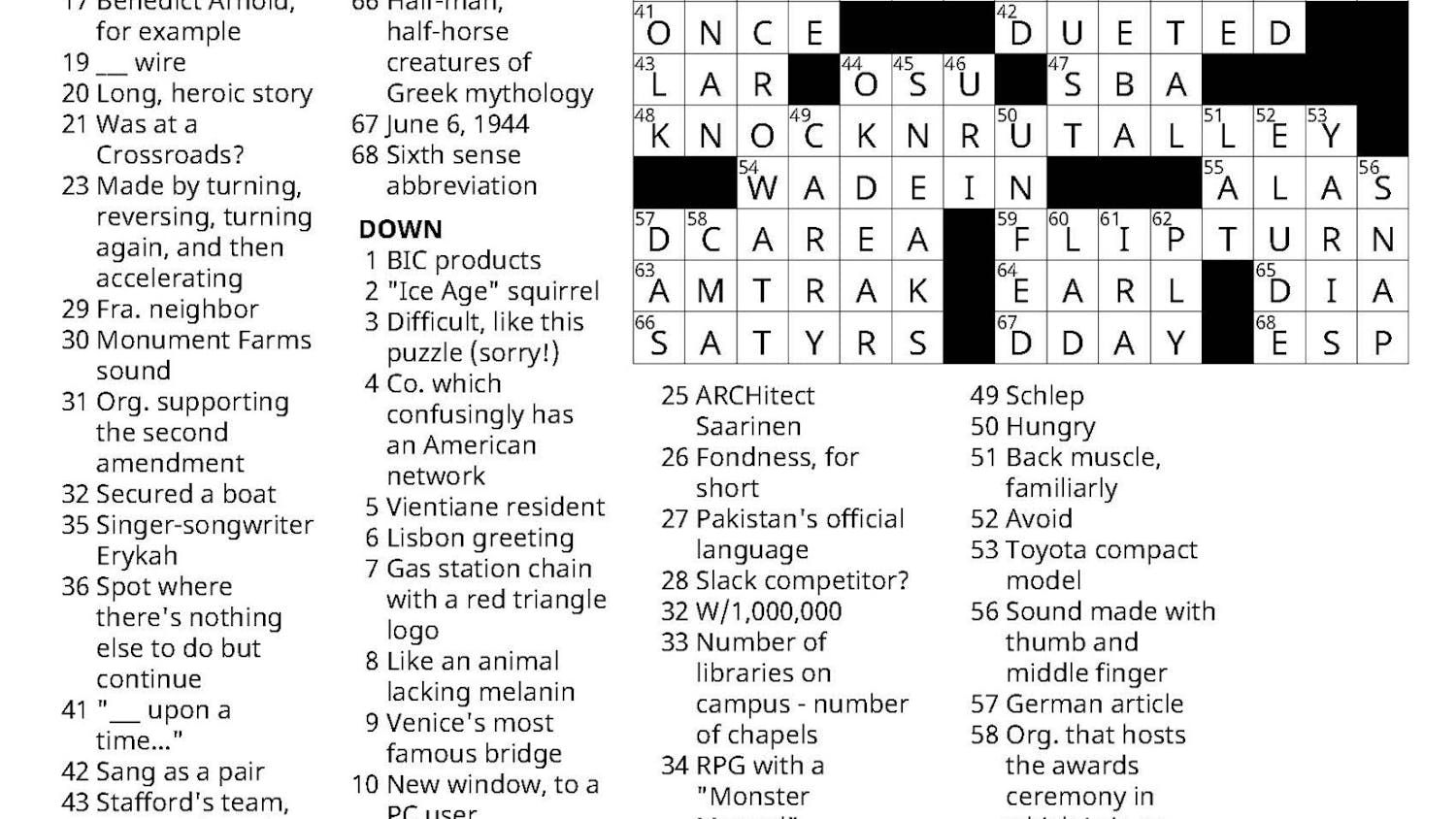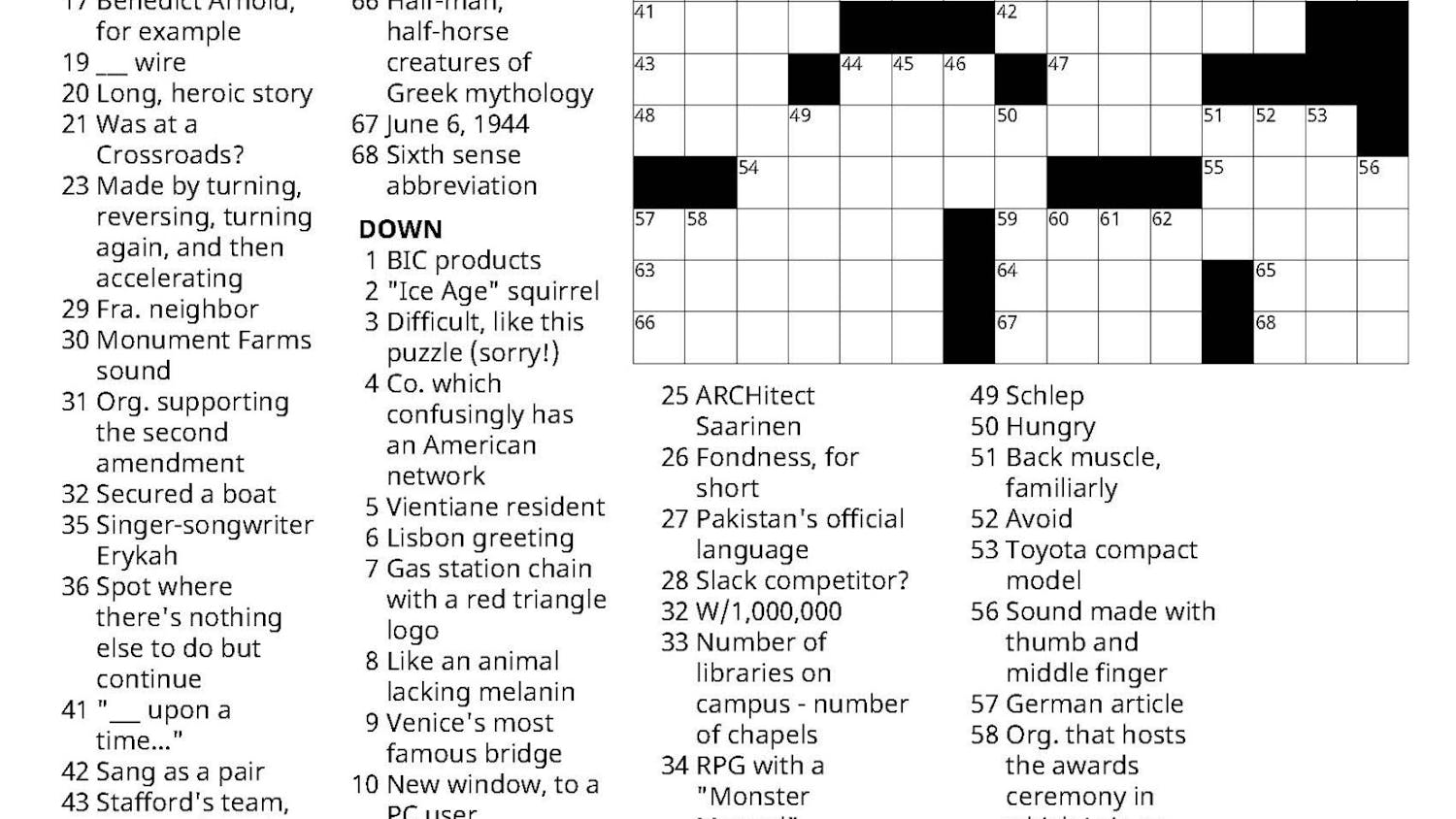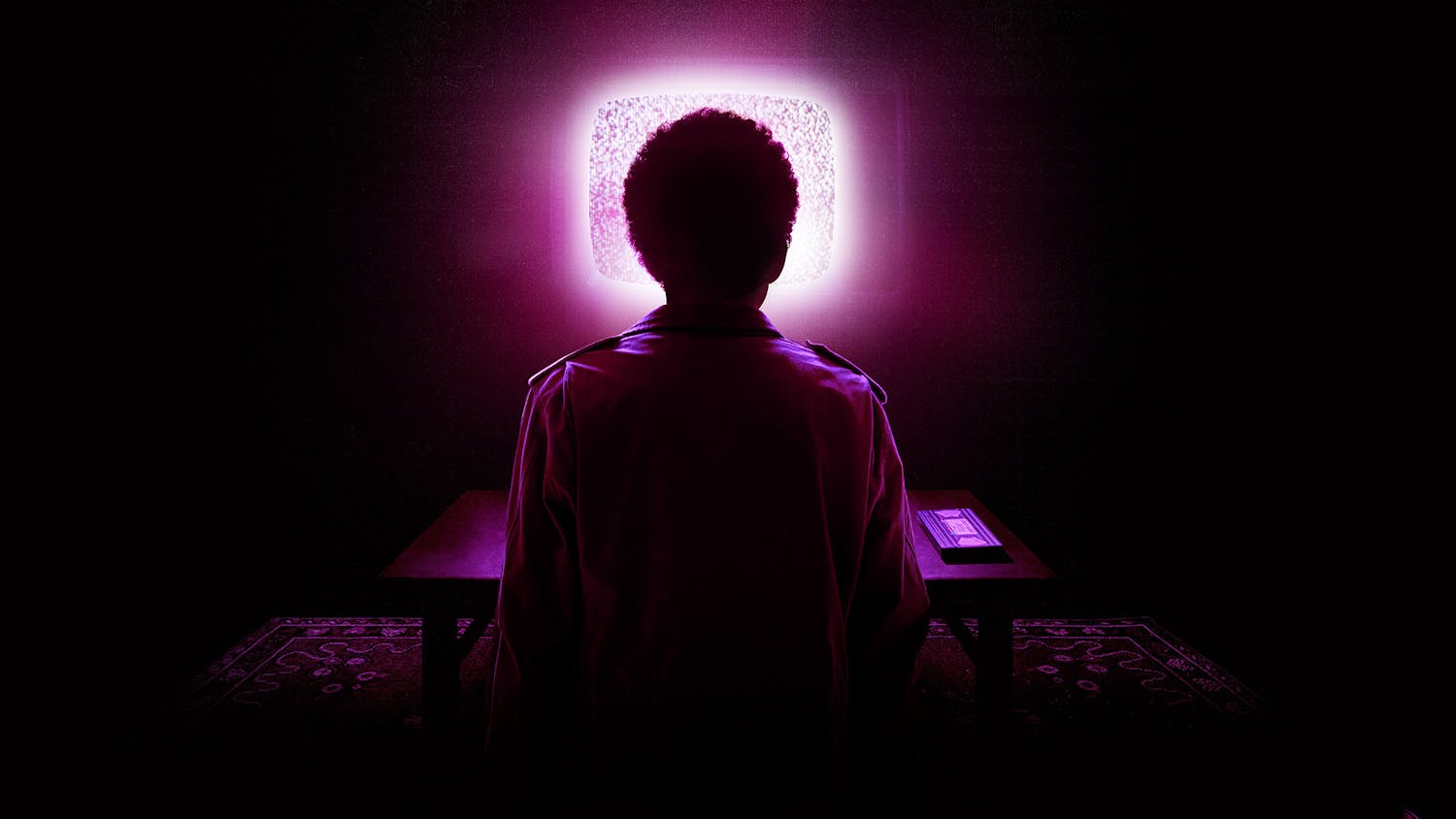Author: Abbie Beane
We've all seen it: Students winding through campus with large, foreign objects, composed of anything from three wire hangers strung with plastic bowls and an eyeless teddy bear, to a cardboard box decorated with bay leaves and a telephone hanging upside down inside.
It's the work produced by students taking creativity courses in the College's arts departments — courses like The Creative Process and Visual Creativity. And although outsiders can see what they are making, what exactly are they thinking about these kinds of assigned projects and creative academia in general?
It is evident that some members of the student body are skeptical of this type of creative learning. One reason is that such classes stand in stark contrast to the processes employed and the products generated in more traditional courses and classroom environments, such as papers, problem sets and laboratory assignments. This shift from more left-brained activities, such as analyzing and computing, which is thought to be the "normal" means of education, to right-brained activities, which undertake creative endeavors and control one's mode of perception, is drastic. Thus they make education through exploration and exercise of the right-brain seem "abnormal."
Yet, as mentioned in last week's article, "Battle of the Bunk — or is It?", professors in the Arts Department feel that stimulating activity in both sides of the brain is crucial not only for a liberal arts education, but also for better efficiency and more self-awareness in everyday life.
Nonetheless, rumors that such classes cannot be taken seriously, or guarantee an "easy A," do exist. And judging by the statistics, studio art does in fact maintain the top spot in highest GPAs for the 2002 spring semester, with music, dance and theater following close behind. Yet, what does all of this mean? Are these numbers the product of courses lacking a challenge, or the product of relentless student effort, which may logically be outstanding in departments where students are encouraged to design personal projects more central to the self and to seek answers about their own emotions.
Judging from a survey conducted using a random sample of 100 students at the College, the answers to these questions begin to emerge.
Responses across a group of students, none of whom are majors in the arts, display that opinions widely vary between students who have taken a creativity course at the College as opposed to those who have not. Of those who have not, 50 percent decided that they feel skeptical or cautious toward creativity-based courses, 31 percent are turned off by them and only 19 percent think that they are academically important. In comparison to those non-majors who have taken a creativity or creative process course at the College, though 71 percent still feel skeptical or cautious concerning this type of academia, none are turned off by it and 29 percent now think that such education is important.
As for question two, "Do you believe that creativity classes are easier academically in comparison to other classes at the College?" — 43 percent of students still think that they are "easier" than other classes after they have completed a creativity course, compared to 67 percent of students who feel that these classes are easier than other classes, though they have never taken a creative process course.
The third question asked was "Do students think that creativity and creative process courses are necessary in order to receive a full, liberal arts education?" After taking such a class, 72 percent of students said yes, compared to only 22 percent of students who said yes, without having taken a creativity class.
Therefore, it seems that experimenting in the right side of the brain is the best way to convince oneself that creative academia is vital.
According to Eliza Mitchell '04, who is currently enrolled in The Creative Process, taught by Professor of Theater Claudio Medeiros, "At first some may be wary about the class, but as it progresses, many loosen up and settle in." She continued, "It's hard to open yourself to experiment with expression in front of complete strangers." Speaking to the difficulty of the class, Mitchell also explained, "When you're dealing with art or creativity, it really forces you to look within yourself and deal with your own inhibitions, learn to let go and take risks, which could be one of the most difficult things to do."
Laura Rockefeller '04, who took The Creative Process with Medeiros last semester, also spoke to this issue. "The class was challenging, but not in the same way that an English or history class might be. It didn't challenge you to do huge amounts of research or a perfect paper, but it did challenge you to spend a lot of time exploring parts of yourself that you might prefer to ignore," she commented.
Rockefeller also mentioned that she took many valuable insights away from the course, including more confidence. Yet in regards to other students, Rockefeller stated, "I believe it [classes like The Creative Process] is important for some people, but it certainly isn't right for everyone. The class was an incredible outlet for me personally, but I don't think it's a class you can force people to get something out of."
On the flip side, one student, who asked to remain anonymous, said of the class Body and Earth, designed to explore creative perception, "It was so out there. The ideas [the professor] was proposing seemed ridiculous and I could not take it seriously. I became very cynical of the relationship between humans and the environment. Approaching and looking at certain things by doing activities such as outlining our bodies and filling it in with crayons made me feel like I was back in kindergarten. Given how challenging other courses here [at the College] are, it felt very elementary."
However, this student did concede that although she and others found this class easy, many students did take the class very seriously and thus may have taken something away from it.
As for the course Visual Creativity, Eliza Adler '04 explained how much she enjoys using the right side of her brain as opposed to focusing on papers and tests all the time. "I take a class like this every semester because I get so much out of them," Adler said. "Now I have a greater self-awareness and the way I look at things is different, such as, I can see more shadows and colors." Attesting to their difficulty, Adler added, "It's not an easy grade — you just get so wrapped up in the projects that you can't help but work hard."
So if one conclusion can be drawn, it's that most students are generally cautious of creativity courses, yet most who take them leave feeling that they are important and more difficult than expected.
Of course there will always be those who question the validity of right-brained activities taught in a traditional academic environment and creativity classes that disappoint the student. Yet, as the saying goes, "you take out exactly what you put in."
Drawing the Line at Creative Academia?
Comments



